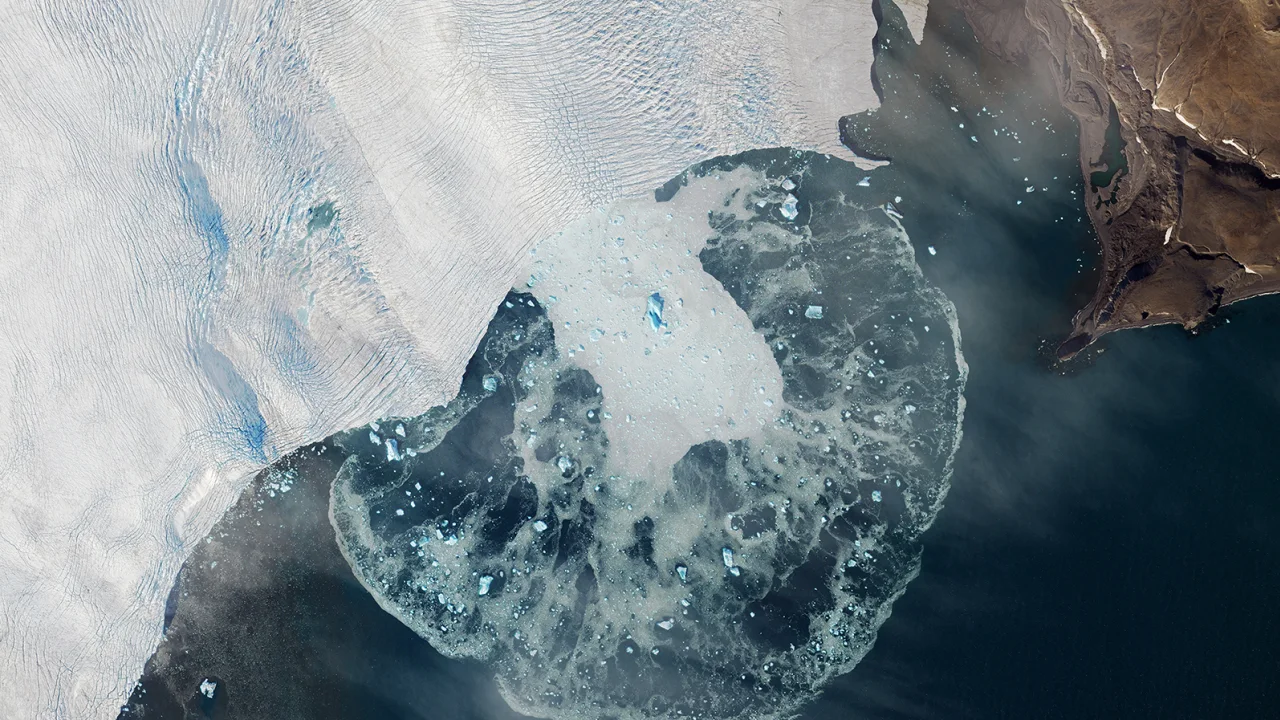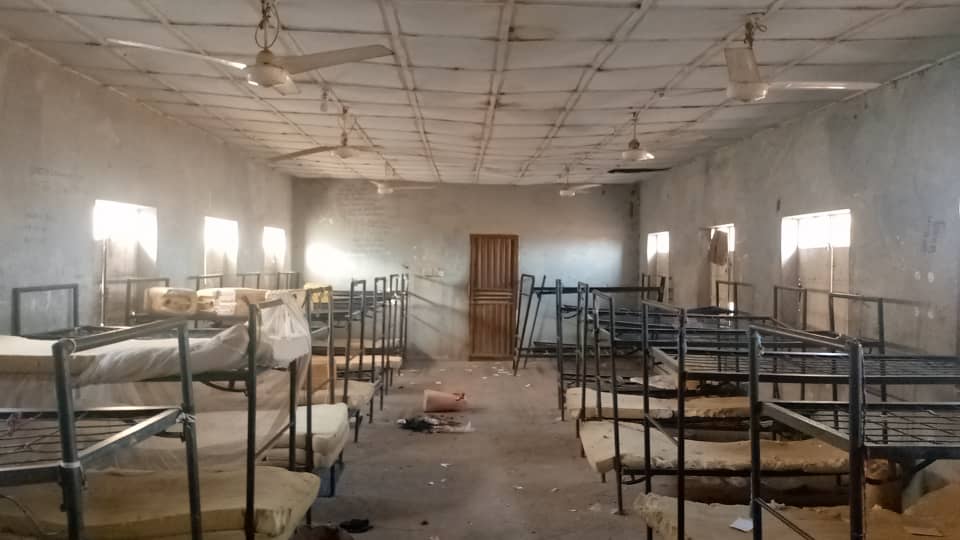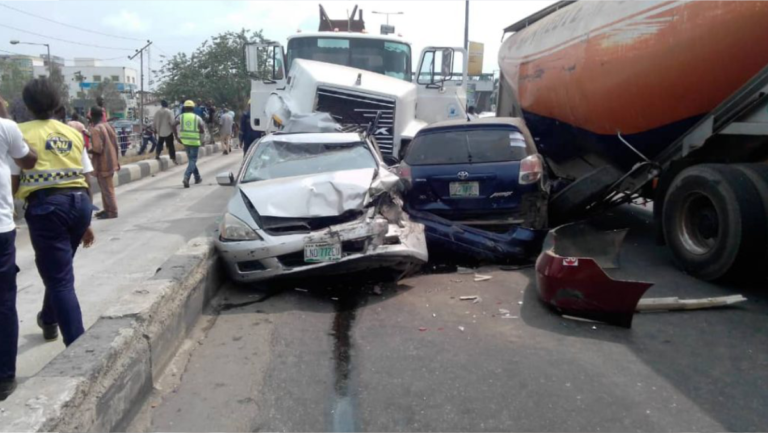Recent satellite images reveal increased activity at nuclear test sites in Russia, China, and the US. While there’s no imminent nuclear threat, these developments raise concerns amid global tensions. Explore the implications of these expansions and their impact on international security.
In recent years, satellite imagery has unveiled a surge in activity at nuclear test sites in Russia, China, and the United States. This exclusive information obtained by CNN underscores the growing concerns surrounding the nuclear capabilities of these three major powers, as international tensions reach historic levels.

China’s Expansions in Xinjiang Uyghur Autonomous Region
One of these test sites, situated in the Xinjiang Uyghur Autonomous Region and operated by China, has witnessed significant developments. Over the past three to five years, satellite images have revealed the creation of new tunnels beneath the mountains, the construction of fresh roads and storage facilities, and increased vehicular movement to and from the site. Jeffrey Lewis, an adjunct professor at the James Martin Center for Nonproliferation Studies, notes that these signs suggest potential preparations for nuclear testing. Notably, none of these countries have conducted underground nuclear tests since the 1996 Comprehensive Nuclear Test Ban Treaty, although China and the US have signed but not ratified the treaty.
Russia’s Activities in the Arctic Ocean Archipelago
Meanwhile, Russia’s nuclear test site in the Arctic Ocean archipelago of Novaya Zemlya has shown remarkable expansion. The Novaya Zemlya site, which was first utilized by the Soviet Union in 1955, has witnessed extensive construction efforts between 2021 and 2023. This includes the arrival of ships and shipping containers, the maintenance of winter roads, and the excavation of tunnels into the Arctic mountains. The visible readiness of the site suggests Russia’s preparedness to resume nuclear testing, a move that could potentially have global repercussions.
US Developments in the Nevada Desert
In the Nevada desert, the United States has also demonstrated a commitment to maintaining its nuclear capabilities. The Nevada National Security Site, which houses the U1a complex for “subcritical” nuclear experiments, has undergone significant expansion between 2018 and 2023. The US Department of Energy’s National Nuclear Security Administration (NNSA) has been recapitalizing infrastructure and scientific capabilities at the site, investing in advanced sources, detectors, and tunneling activities. This effort aims to ensure the reliability of existing nuclear weapons without the need for full-scale testing.
Global Implications and Concerns
These developments have raised concerns among international observers and watchdog groups. The Bulletin of the Atomic Scientists, known for its Doomsday Clock assessment, recently set the clock to 90 seconds to midnight, its most perilous position since its establishment in 1947. The conflict in Ukraine, triggered by Russia’s invasion in 2022, is a significant factor contributing to this heightened risk. Russia’s veiled threats to use nuclear weapons further exacerbate the situation, underlining the potential consequences of a nuclear arms race.
The Road Ahead
While the resumption of nuclear testing remains uncertain, the actions of these three major nuclear powers demand close scrutiny. Heightened activity at test sites signifies a race to modernize nuclear weapons testing infrastructure, amplifying global mistrust. The international community faces a precarious future as it grapples with the implications of these developments. In a world already burdened by a significant stockpile of nuclear weapons, the pursuit of modernization may not enhance safety but instead intensify the risk of catastrophe.

Global Collaboration and Vigilance
As the world confronts growing mistrust and division, there is a renewed call for key countries to ratify international treaties that ban nuclear testing. United Nations Secretary-General António Guterres has emphasized the urgency of this issue. In a world where the specter of nuclear annihilation looms, it is imperative that nations come together to address the pressing challenges of nuclear proliferation and arms race escalation.
The recent surge in activity at nuclear test sites in Russia, China, and the United States underscores the delicate balance of international security. While the intentions behind these developments remain uncertain, the implications are far-reaching. The path forward calls for global collaboration, diplomacy, and vigilance to ensure that the world does not descend into a dangerous era of nuclear uncertainty. The stakes could not be higher, and the need for responsible leadership and international cooperation has never been more critical.





